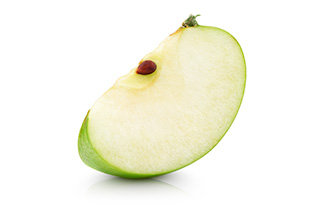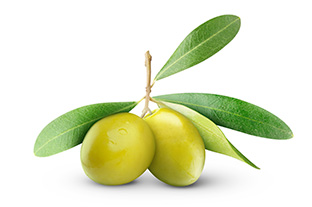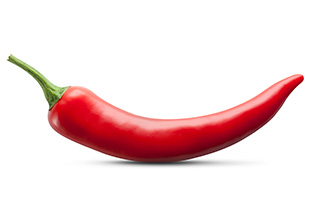1. The Glass
Blue-tinted glasses are preferred by professionals for tasting oil. Why blue? To keep them from focusing on color, which is not indicative of quality. At your tastings, you can use whatever colour glasses you like.
Vision
Smell
Tasted
Touch
2. Put some in your glass
Spoon a little oil gently into the glass.
Vision
Smell
Tasted
Touch
3. Swirl the glass in your hands
This is the time to draw out the aromas. Place your hands around and over the top of the glass. Swirl it gently so that the oil coats the sides.
Vision
Smell
Tasted
Touch
4. Breathe in the aromas
Stop and take your time detecting the nuances. Think about how it smells. Is it green? Ripe? Earthy? Fruity? Does it smell like nuts? Write down your initial impressions so you can compare the oils.
Vision
Smell
Tasted
Touch
5. Let the flavours cover your tongue?
Let it seduce you! Sip enough to appreciate the flavour and hold it on your tongue for a few seconds. Breathe in slowly to help release the flavours and avoid missing any aromas. Close your mouth and breathe out through your nose.
Vision
Smell
Tasted
Touch
6. What notes do you perceive?
Detect all the nuances. Apple? Tomato? Herbs? Bitterness? Nuts? Spices? Do you feel any bitterness on your tongue? Pungency in the back of your throat?
Vision
Smell
Tasted
Touch
7. Level of complexity
Concentrate on the sensations to detect more complex notes. Is it balanced? Does one aroma dominate all others? Write down the details so you can compare it with other olive oils.
Vision
Smell
Tasted
Touch
8. Try another oil
Cleanse your palate before trying the next olive oil. Sparkling water or apple slices work well.
Vision
Smell
Tasted
Touch





